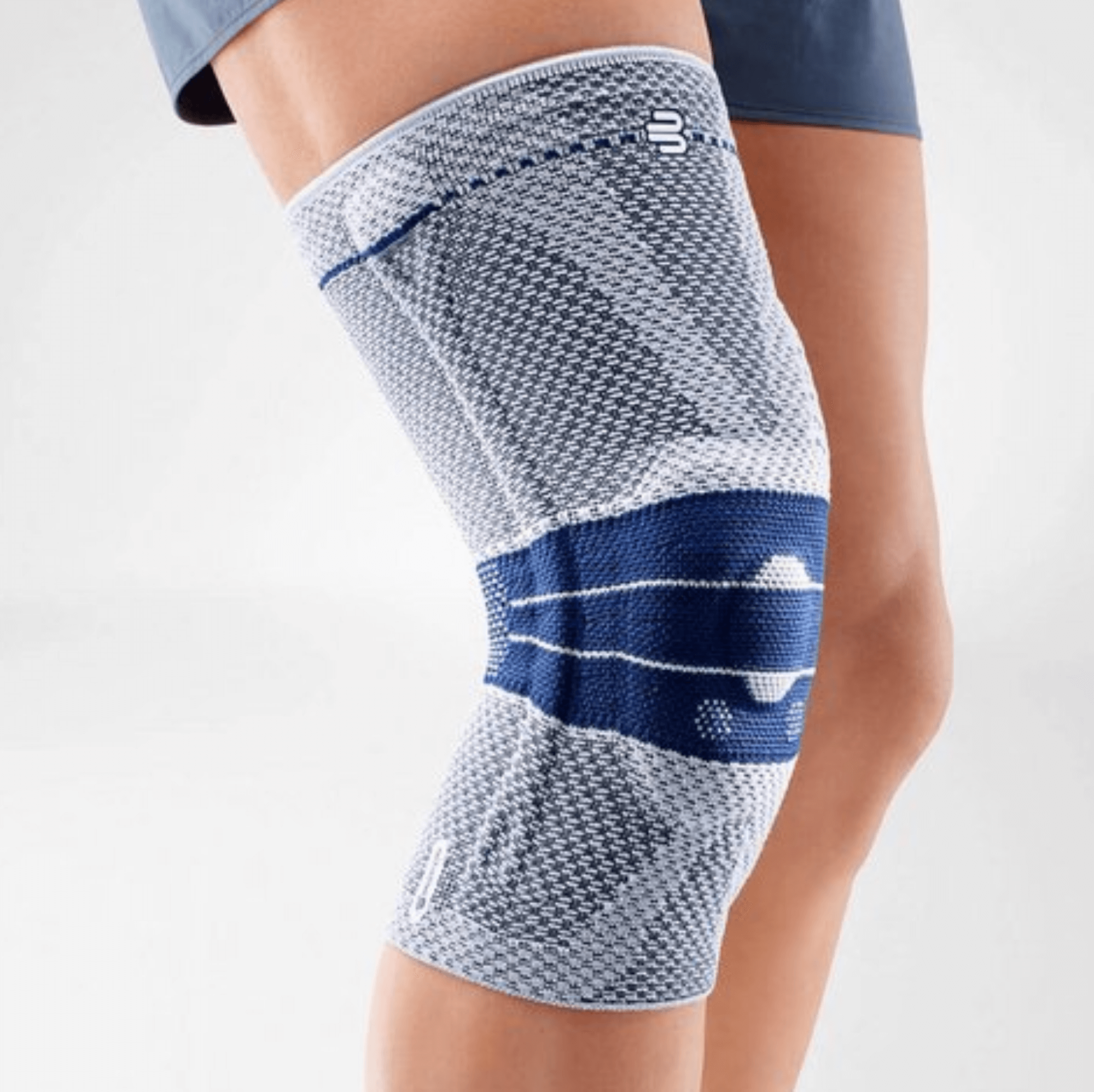Osteoarthritis (specifically behind the kneecap)
The knee consists of two bones covered with cartilage. When this cartilage becomes damaged, it results in wear and tear (osteoarthritis). Wear of the joint between the kneecap and the groove of the femur is also known as patellofemoral osteoarthritis. This is usually part of general knee joint osteoarthritis.
Causes of knee wear / osteoarthritis
Wear or osteoarthritis can be caused by an injury involving a bone fracture that extends into the cartilage of the knee joint. It also often occurs when the meniscus is no longer present. Wear can also develop after an infection or a torn ligament. Frequently, aging plays a role, as the quality of the knee joint deteriorates over time. There are three causes of patellofemoral wear:
- Post-traumatic osteoarthritis due to a bone fracture or cartilage damage
- Osteoarthritis due to kneecap instability
- Primary patellofemoral osteoarthritis when the cause is unknown
Symptoms of knee wear / osteoarthritis
Pain occurs at the front, inside, or outside of the knee, depending on the location of the wear behind the kneecap. With a worn knee, pain arises while walking, climbing stairs, or standing for too long. Cycling usually causes less pain. The pain is caused by small pieces of cartilage that break off from the joint surface. These are captured by the joint capsule and cause inflammation. If the wear is still minor, you may not feel it immediately, but only after a few hours. In more advanced cases, the pain becomes more severe, with morning stiffness—also known as start-up pain—that can last throughout the day. After about 10 minutes of movement, the pain usually decreases. The most important clinical symptom is pain at the front of the knee when standing up from a chair, kneeling, squatting, or even climbing stairs. Patients are also less able to walk for long periods, as the pressure on the kneecap is more limited on flat surfaces.
Treatment of knee wear / osteoarthritis
Because cartilage cannot be clearly seen on X-rays, it is difficult to detect wear unless it has progressed to the bone. However, a doctor can diagnose wear if a bone fracture has extended deep into the knee joint. Age also plays a role, as young people generally do not have osteoarthritis. Early-stage wear can only be detected through arthroscopy. Anti-inflammatory medication or painkillers can help reduce symptoms. A knee brace, osteotomy, knee replacement (including the kneecap), arthroscopic cleaning, and lubricating or injecting fluid into the knee joint can all help to prevent or slow the progression of wear.

LP Support 721 Knee Support

Bauerfeind GenuTrain S Hinged Knee Support

Super Ortho Patella Support / Kneecap Support

Bauerfeind GenuTrain A3 Knee Support
Protection level 2
Morsa GenuBerg M4 Hinged Knee Support

Novamed MAX Hinged Knee Support with Crossed Straps

- Physiotherapist
- Sports podiatrist
- Manual therapist
- Podopostural therapist
- Myofascial dry needling specialist


